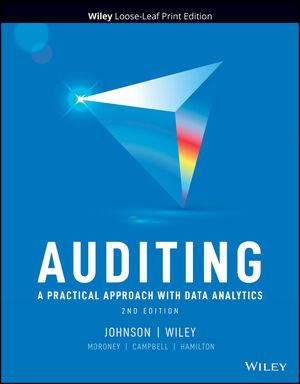

Comparing Operating Characteristics Across Industries Following are selected income statement and balance sheet data for companies in different industries. Cost of Stockholders' $ millions Sales Goods Sold Net Income Assets Liabilities Equity Target Corp. $75,356 $53,299 $2,937 $41,290 $29,993 $11,297 Nike, Inc. 36,397 20,441 1,933 22,536 12,724 9,812 Harley- Davidson 5,717 3,352 531 10,666 8,892 1,774 Pfizer 53,647 11,248 11,188 159,422 95,664 63,758 (a) Compute the following ratios for each company. Round all answers to one decimal place (percentage answer example: 0.2345 = 23.5%). Note: The liabilities to stockholders' equity ratio should not be converted into a percentage answer (round answers to one decimal place, for example: 0.452 = 0.5). Gross Profit / Sales Net Income/ Sales Net Incomel Stockholders' Equity Liabilities/ Stockholders' Equity % % % Company Target Corp. Nike, Inc. Harley-Davidson Pfizer % % % % % % % % % (b) Which of the following statements about business models best describes the differences in gross (and net) profit margin that we observe? OThe higher gross profit companies are typically those that have some competitive advantage that allows them to charge a market price for their products that cannot be easily competed away. OThe lower gross profit companies are those that can manufacture their products at the lowest cost. OThe higher gross profit companies are those that sell the highest unit volumes. OThe lower gross profit companies are those that charge a higher price for their products. (C) Which company reports the highest ratio of net income to equity? Which of the following statements best describes the differences in the ratio of net income to equity that we observe? OThe highest return to equity companies are those that are able to keep their operating costs the lowest. OThe highest return on equity companies are those that maintain high levels of debt and, as a result, reduce their utilization of equity. OThe highest return on equity companies are those that are able to sustain some competitive advantage that leads to higher profitability and are also able to minimize their use of equity. OThe lowest return on equity companies are those that are able to charge high prices for their products and, thus, report the highest gross profit-to-sales ratio. (d) Which company has financed itself with the highest percentage of liabilities to equity? Which of the following statements best describes the reason why some companies are able to take on higher levels of debt than are others? O Companies that can sustain higher levels of debt generally operate in consumer products industries. OCompanies that can sustain higher levels of debt are typically larger companies. O Companies that can sustain higher levels of debt are typically those with the most stable and positive cash flows. Companies that can sustain higher levels of debt are generally younger companies whose market values are relatively low and, as a result, cannot raise equity capital








